The 20th century stands as one of the most dynamic and transformative eras in human history. It was a century marked by rapid progress, global conflict, and revolutionary ideas that shaped the modern world. From the trenches of World War I to the digital frontier of the Internet, the period from 1900 to 2000 redefined humanity’s relationship with technology, politics, society, and the planet itself. Nations rose and fell, empires crumbled, and ideologies clashed on scales previously unimaginable.
Two devastating world wars redrew borders and redefined power. The horrors of total warfare gave birth to movements for peace, justice, and human rights. Economic turmoil in the 1930s showed the fragility of financial systems, while the Cold War rivalry between the United States and the Soviet Union shaped geopolitics for nearly half a century. Yet amid the chaos came incredible leaps forward—scientific discoveries, space exploration, decolonization, and technological revolutions that set the stage for globalization.
Socially, voices long silenced began to rise. Movements for civil rights, gender equality, and national independence challenged centuries of oppression. Meanwhile, advances in communication and computing connected the world in ways once thought impossible. By the end of the century, humanity stood on the brink of a new digital era, forever transformed by the rise of the Internet.
The 20th century was not merely a passage of time—it was a crucible of change, testing the limits of human endurance, ambition, and creativity. Its legacy is both a warning and a guide, reminding us how innovation and destruction often walk hand in hand. Here are ten defining events that shaped not only the century itself but the very fabric of modern civilization.
1. World War I (1914–1918)
Image
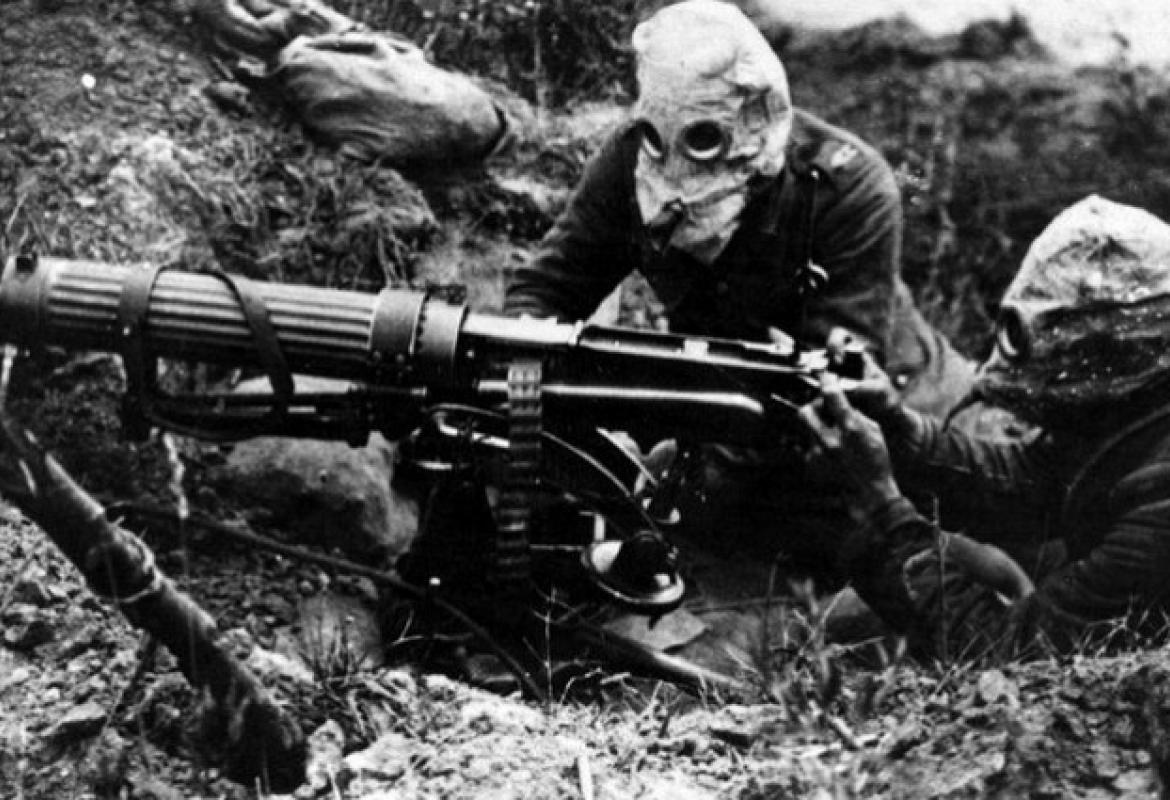
Known as “The Great War,” World War I reshaped the global order through unprecedented violence and loss. Sparked by the assassination of Archduke Franz Ferdinand, the conflict involved more than 30 nations and introduced brutal trench warfare, machine guns, tanks, and chemical weapons. Over 16 million soldiers and civilians died, while empires such as the Ottoman, Austro-Hungarian, and Russian collapsed. The Treaty of Versailles ended the fighting but left deep resentment, particularly in Germany, sowing the seeds for future conflict. WWI also led to major social changes—women entering the workforce, the redrawing of Europe’s borders, and the birth of the League of Nations, an early but flawed attempt at global peacekeeping.
2. The Russian Revolution (1917)
Image
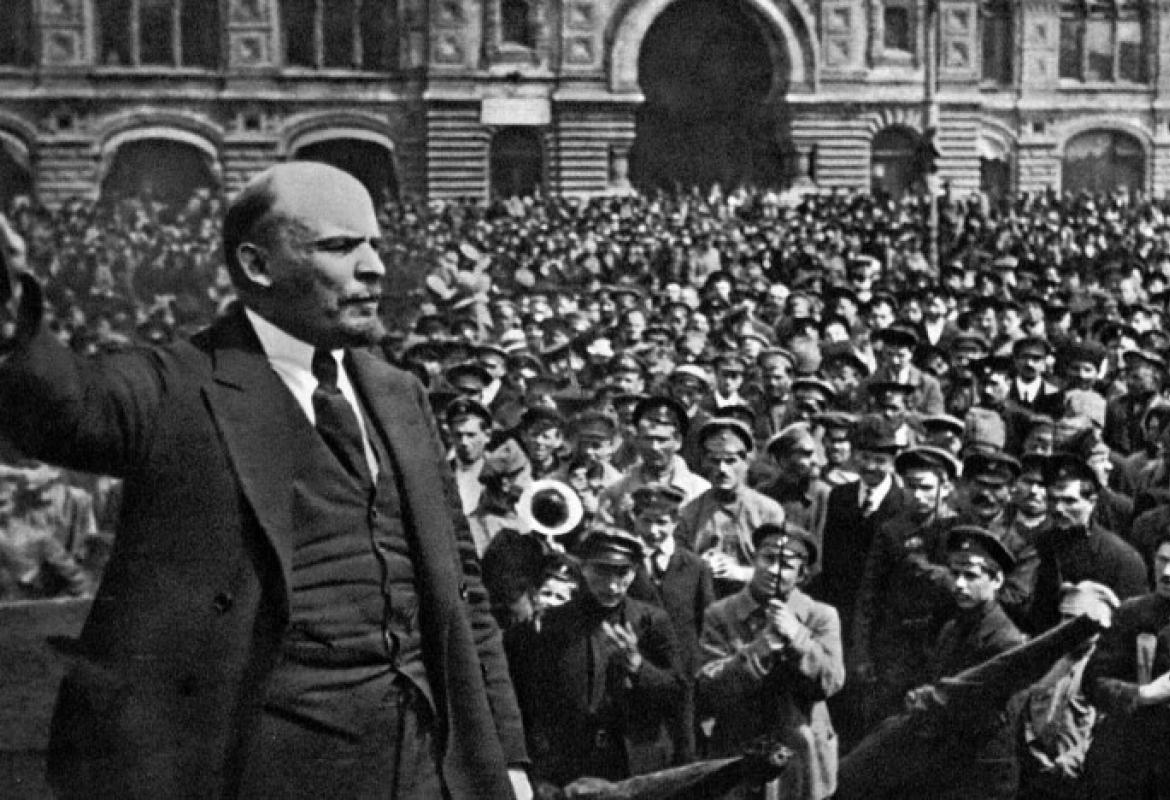
In 1917, amid war and poverty, the Russian monarchy was overthrown in one of history’s most significant political upheavals. Led by Vladimir Lenin, the Bolsheviks seized power, ending centuries of Tsarist rule and giving rise to the world’s first communist state—the Soviet Union. This revolution profoundly altered global politics, inspiring socialist movements worldwide and setting the stage for the ideological battle between communism and capitalism. It also marked a brutal transformation within Russia, leading to civil war, repression, and the eventual rise of Joseph Stalin’s totalitarian regime. The revolution’s legacy endured throughout the 20th century, shaping global alliances, revolutions, and conflicts for decades.
3. The Great Depression (1929–1939)
Image
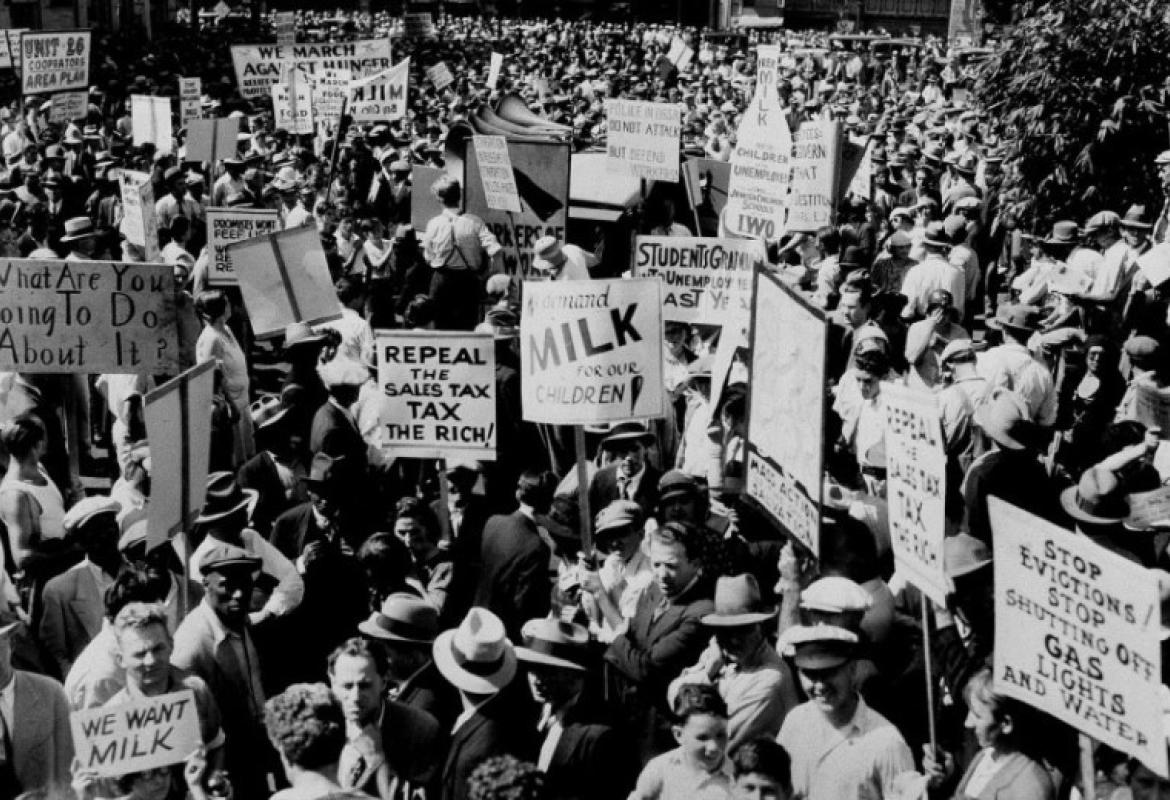
The Great Depression began with the U.S. stock market crash of 1929, triggering the most severe global economic downturn in modern history. Banks failed, businesses collapsed, and unemployment soared to record highs, leaving millions destitute. The economic collapse reshaped politics and economies worldwide, fueling extremist ideologies and laying the groundwork for World War II. In the United States, President Franklin D. Roosevelt’s New Deal programs sought recovery through government intervention and public works. Meanwhile, in Europe, despair and instability helped authoritarian regimes gain power. The Great Depression’s lessons about regulation, welfare, and economic balance continue to influence global economic policy today.
4. World War II (1939–1945)
Image
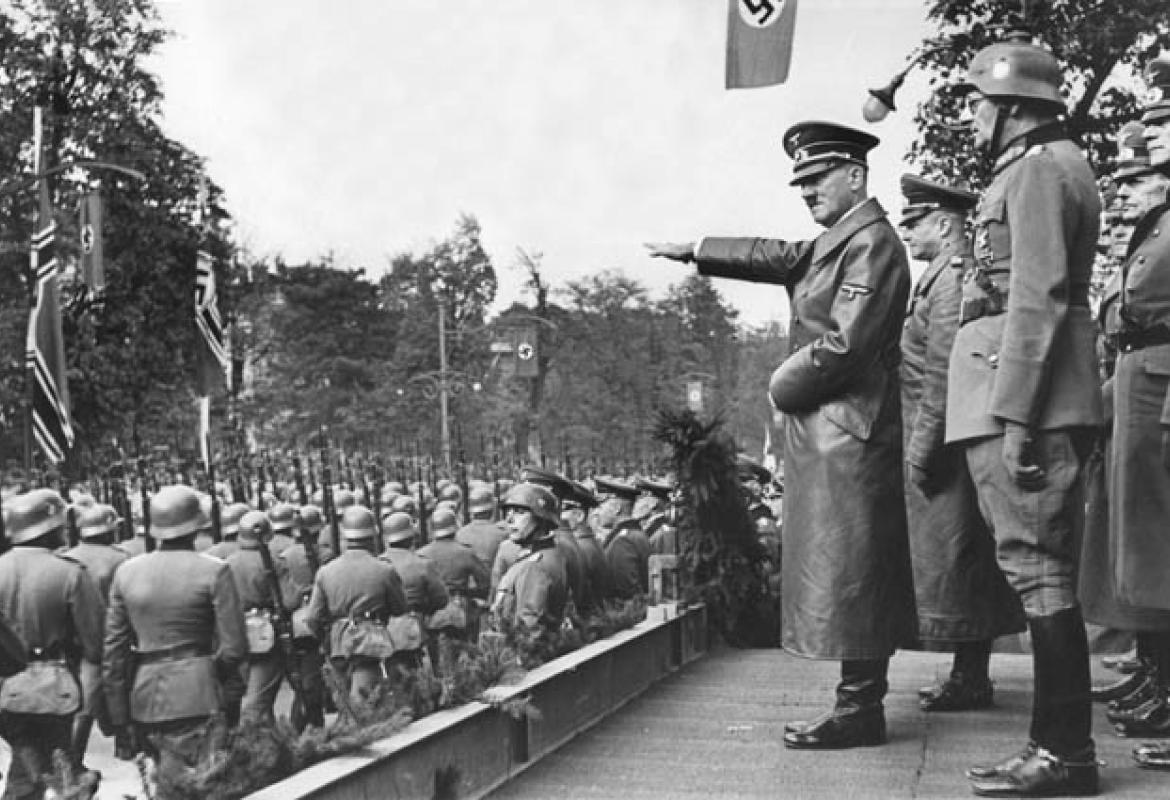
World War II was humanity’s deadliest conflict, claiming over 70 million lives. It began with Nazi Germany’s invasion of Poland and quickly spread across Europe, Asia, and Africa. The war witnessed the Holocaust, where six million Jews were systematically murdered, and the use of nuclear weapons on Hiroshima and Nagasaki. It ended with the defeat of the Axis Powers—Germany, Italy, and Japan—and the rise of the United States and Soviet Union as superpowers. The devastation led to the creation of the United Nations and a renewed commitment to peace and human rights. WWII’s consequences still shape global politics, borders, and international relations.
5. The Creation of the United Nations (1945)
Image
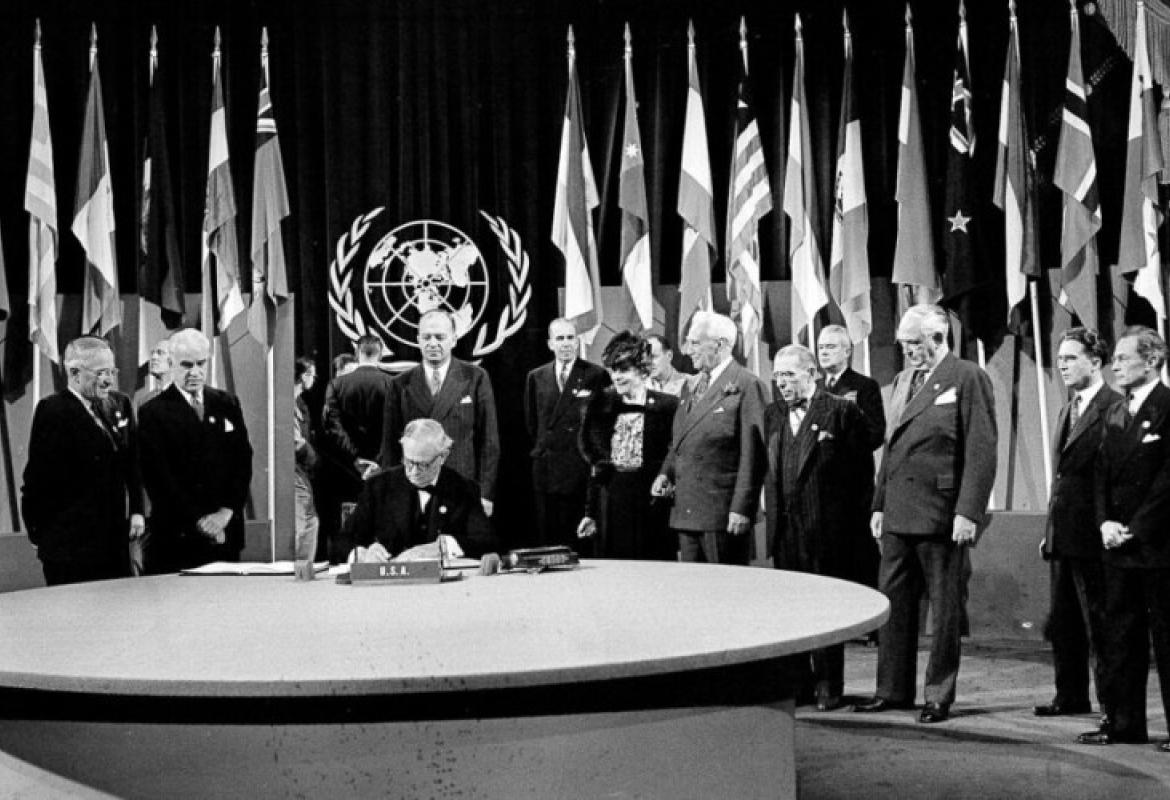
Established after World War II, the United Nations aimed to prevent another global catastrophe through diplomacy, cooperation, and collective security. With 51 founding members, the UN provided a platform for dialogue among nations and a framework for addressing global issues such as poverty, health, and human rights. Over time, it expanded to 193 member states, becoming the centerpiece of international relations. The UN’s peacekeeping missions, humanitarian aid, and global treaties—such as those on climate and disarmament—have helped maintain stability. Though imperfect, the UN remains a crucial instrument for fostering international collaboration and managing crises worldwide.
6. Indian Independence (1947)
Image
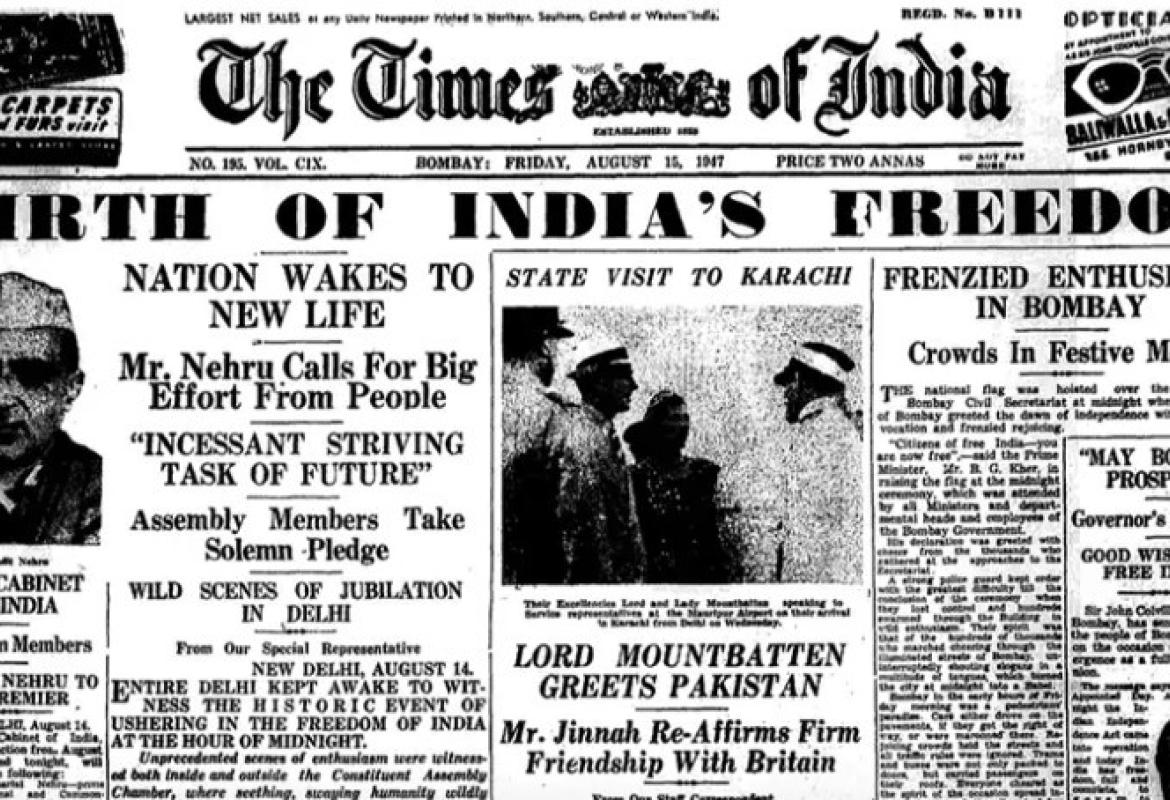
After nearly two centuries of British colonial rule, India achieved independence in 1947 through a movement defined by nonviolent resistance. Led by Mahatma Gandhi and Jawaharlal Nehru, the Indian independence struggle inspired anti-colonial movements across Asia and Africa. Partition, however, divided India and Pakistan, causing mass displacement and communal violence. Despite the tragedy, India’s emergence as a sovereign democracy marked a turning point in world history. The end of British rule symbolized the decline of European imperialism and the dawn of self-determination for colonized nations, altering the balance of power in the postwar world.
7. The Civil Rights Movement (1950s–1960s)
Image
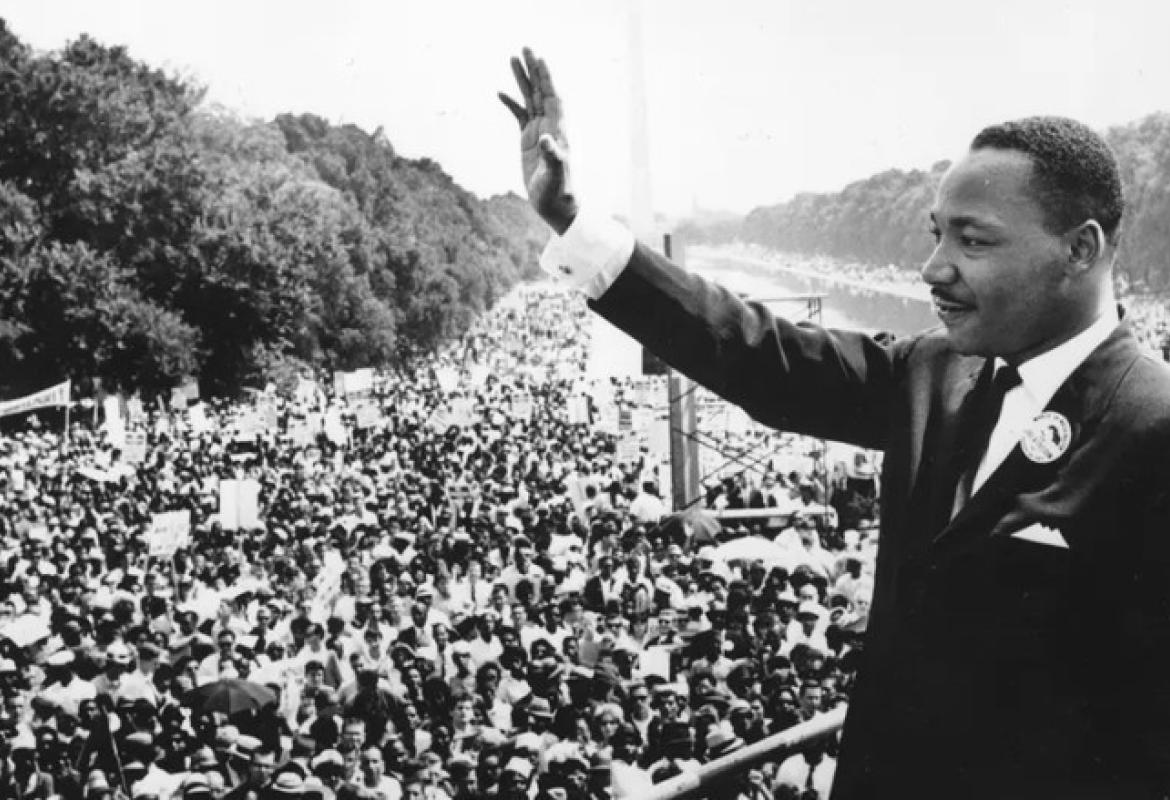
The Civil Rights Movement in the United States sought to end racial segregation and ensure equal rights for African Americans. Spearheaded by leaders like Martin Luther King Jr., Rosa Parks, and Malcolm X, the movement used protests, legal challenges, and acts of civil disobedience to challenge systemic racism. Landmark victories, including the Civil Rights Act of 1964 and the Voting Rights Act of 1965, transformed American society. The movement’s influence extended beyond the U.S., inspiring global campaigns for equality and justice. It remains a defining chapter in the struggle for human rights and social progress.
8. The Moon Landing (1969)
Image
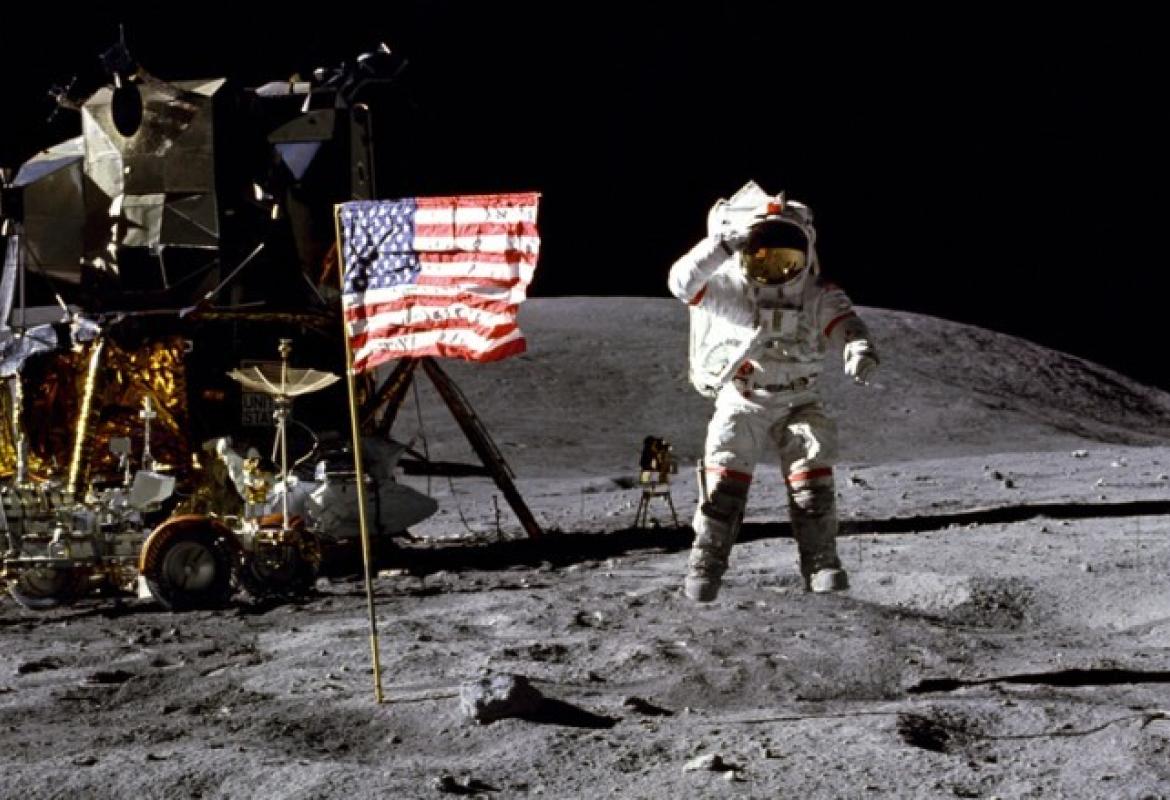
On July 20, 1969, NASA’s Apollo 11 mission achieved what was once science fiction—landing humans on the moon. Neil Armstrong’s famous words, “That’s one small step for man, one giant leap for mankind,” captured the spirit of exploration and innovation that defined the era. The moon landing symbolized America’s triumph in the Cold War Space Race against the Soviet Union and marked a monumental achievement in science and technology. Beyond its political symbolism, it expanded humanity’s understanding of space and inspired generations to pursue discovery, laying the foundation for modern space exploration.
9. The Fall of the Berlin Wall (1989)
Image
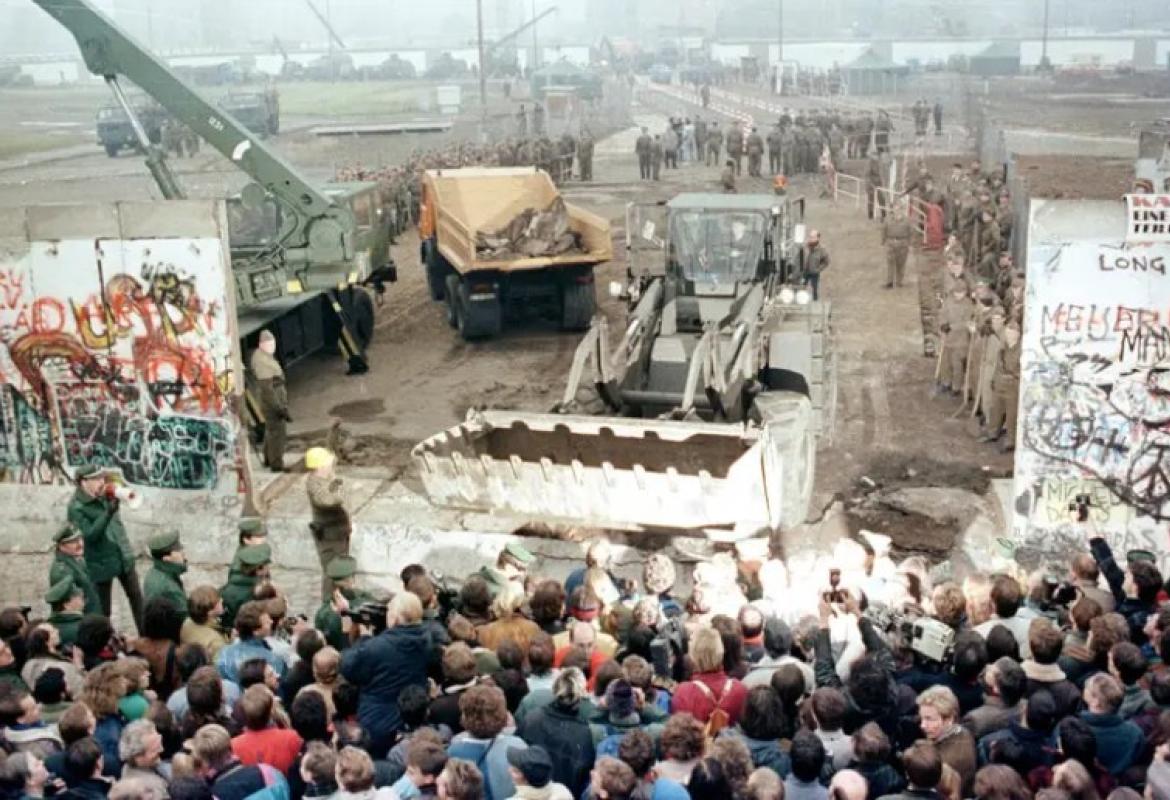
The fall of the Berlin Wall on November 9, 1989, marked the symbolic end of the Cold War and the division of Europe. Built in 1961, the wall had separated communist East Berlin from capitalist West Berlin, standing as a physical and ideological barrier. Its collapse followed years of political reform, popular protests, and Soviet decline. The event paved the way for German reunification and the collapse of communist regimes across Eastern Europe. It also heralded a new era of globalization, democracy, and European integration, transforming the political landscape of the late 20th century.
10. The Rise of the Internet (Late 20th Century)
Image

Initially a military communication project (ARPANET), the Internet evolved into a revolutionary global network that transformed every aspect of life. By the 1990s, it had become a public platform connecting millions, enabling instant communication, e-commerce, online education, and social interaction. The rise of personal computers, web browsers, and digital technology created a new “Information Age.” The Internet democratized access to information, reshaped economies, and gave birth to new industries and cultures. Its impact rivals that of the printing press, marking a turning point that continues to shape the 21st century and beyond.









